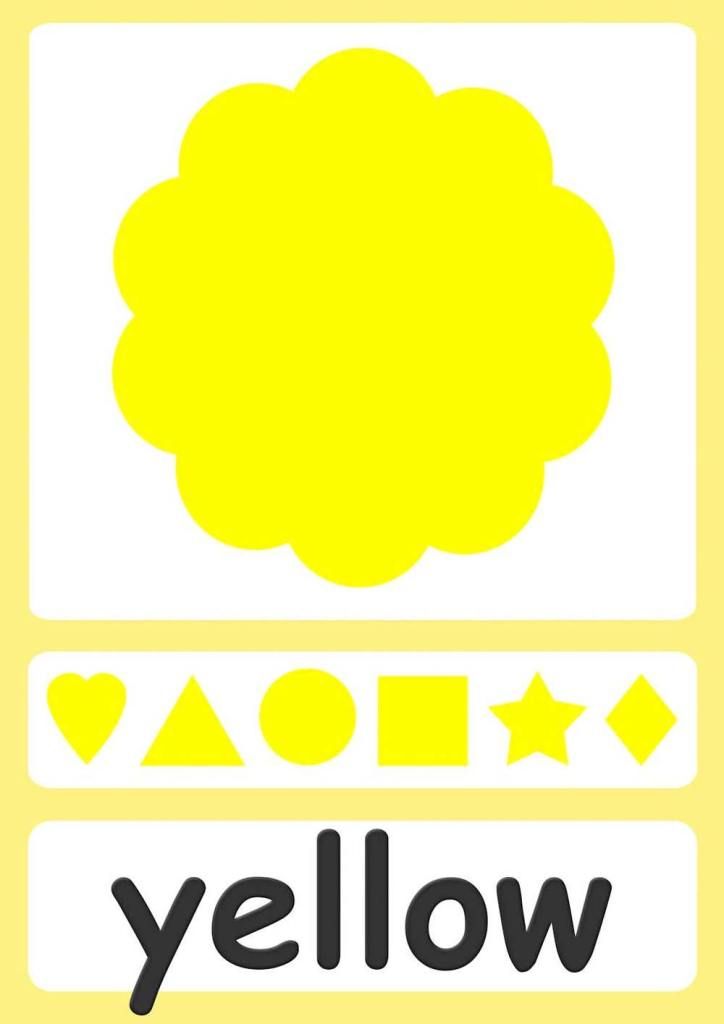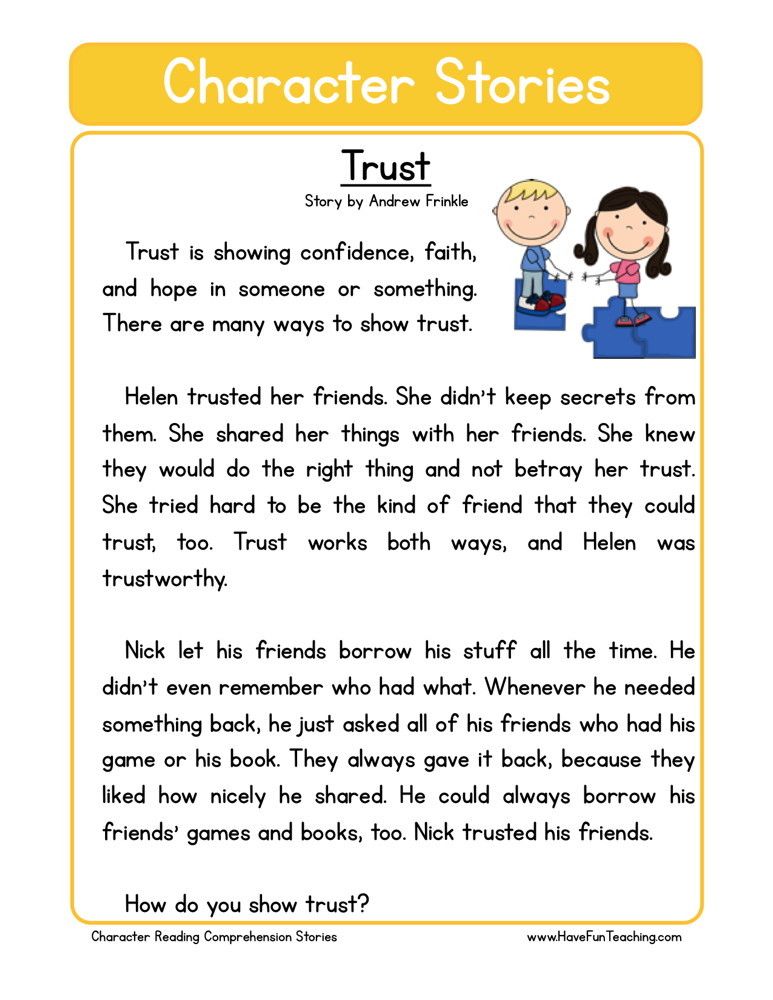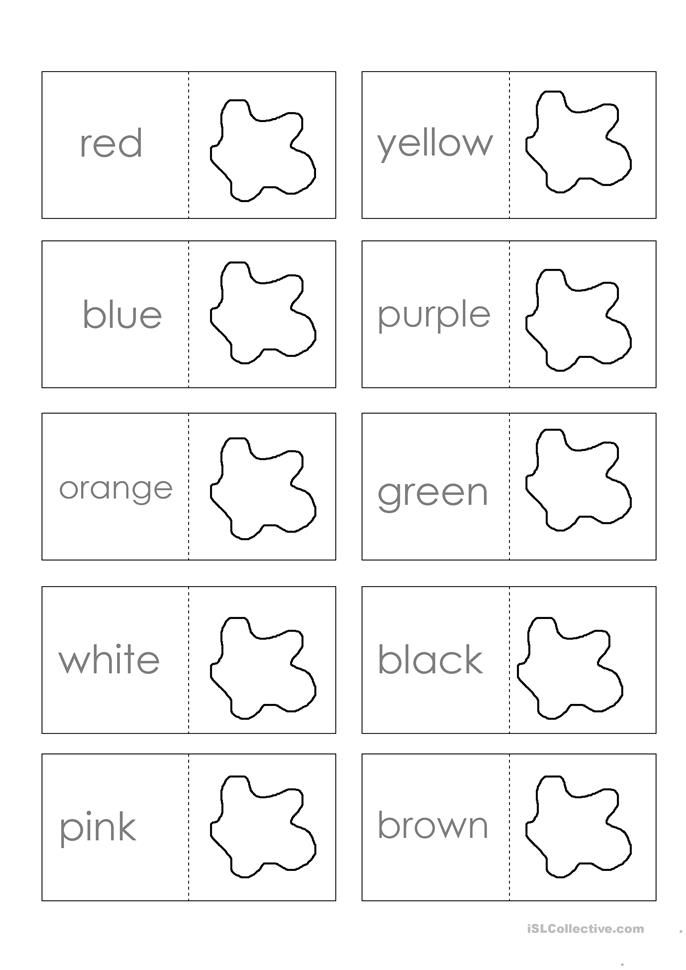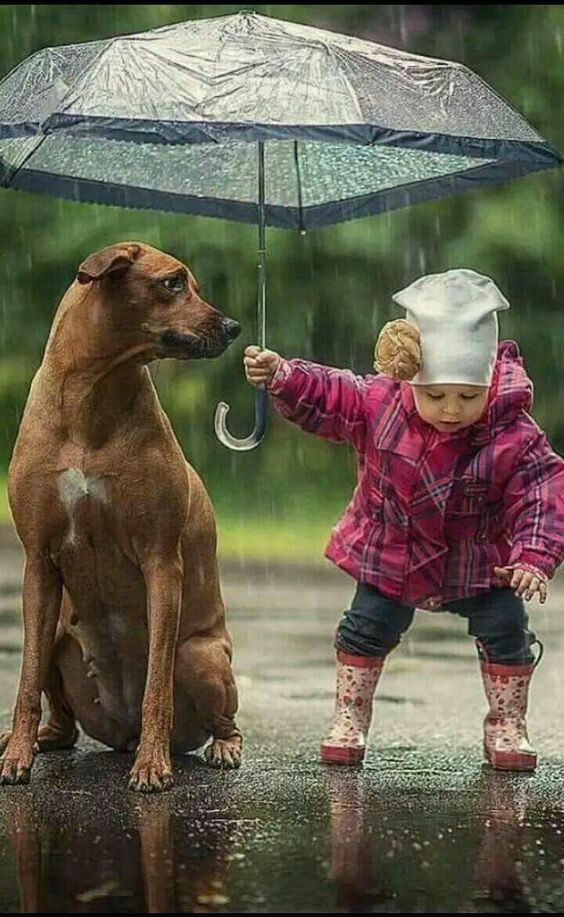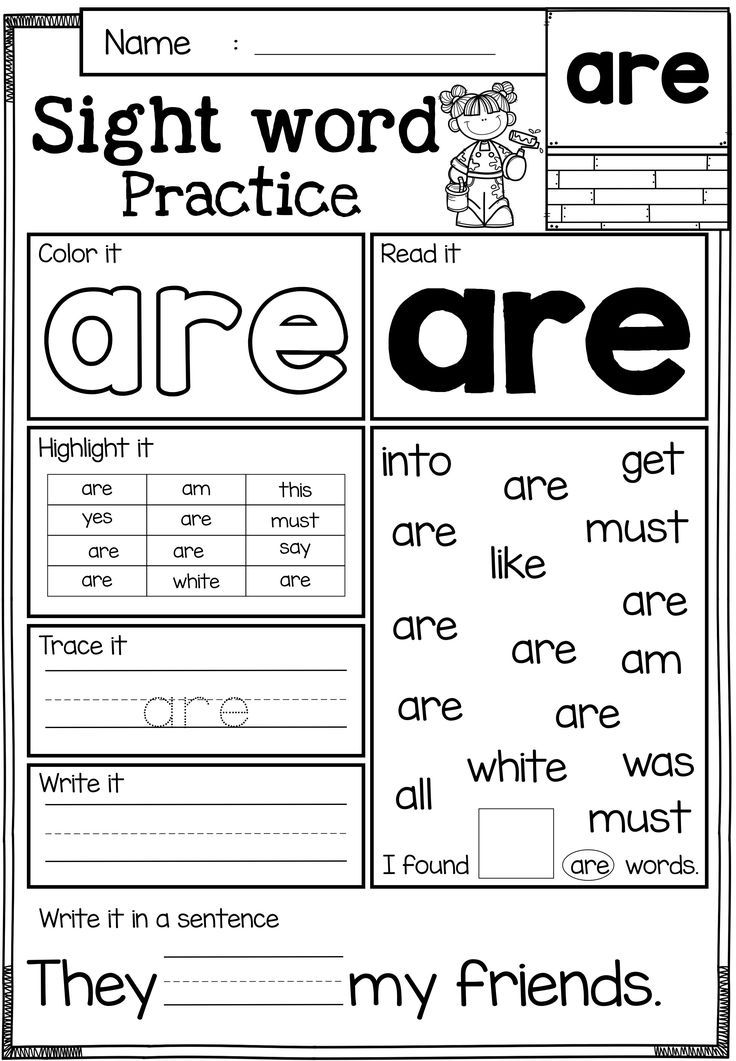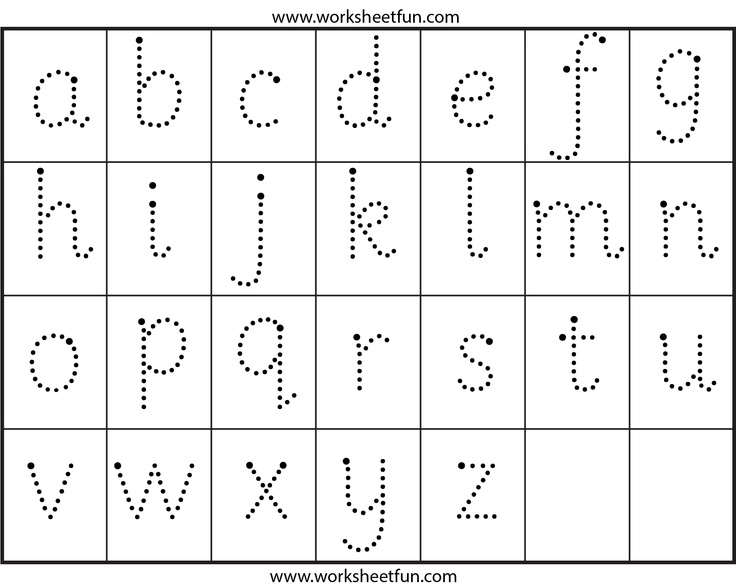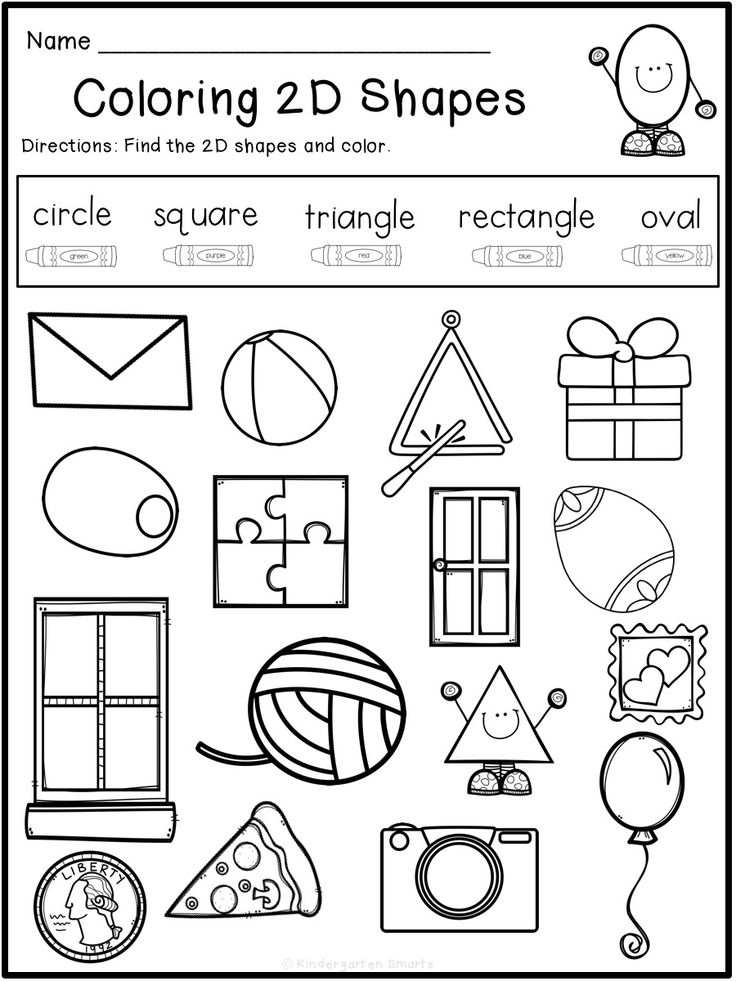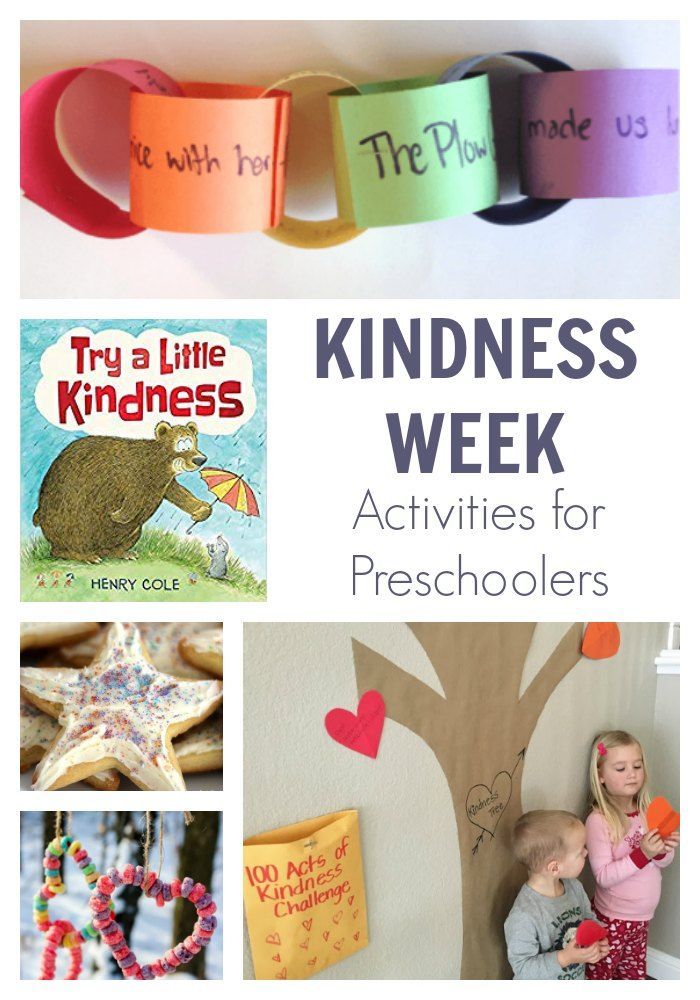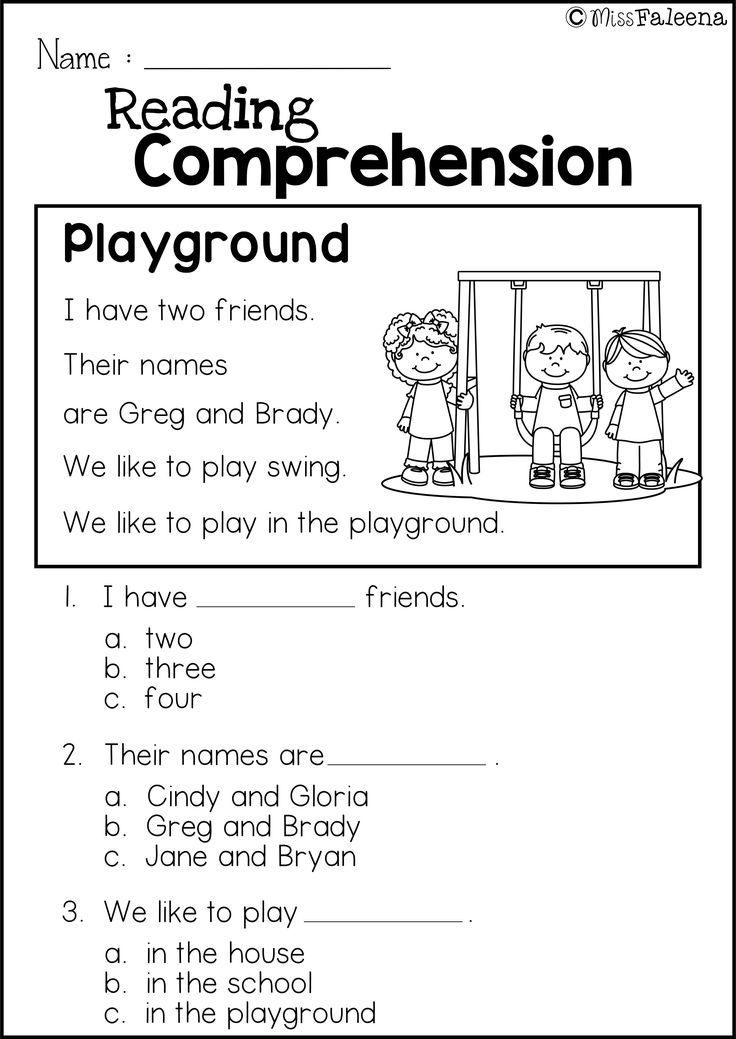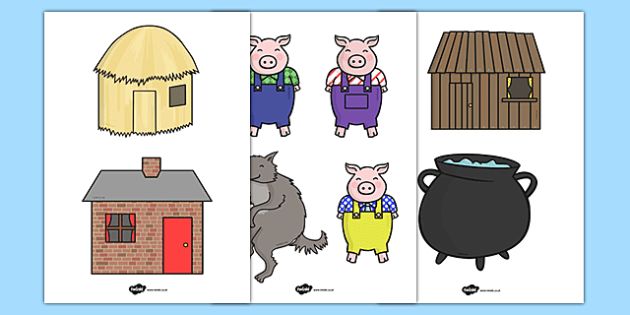Teach kids color
9 Simple Ways to Get Your Toddler to Learn Colors
97 shares
- Share
- Tweet
Once your child has reached the big milestone of turning 1, you’ll notice they become little sponges of information. They start walking, talking, and being so much more independent now that the baby stage is long gone.
Around this age is when you can start introducing them to colors. It’s important for a child to start hearing words often in order to remember it.
Even though they probably won’t be able to fully understand and retain the concept of colors until around 18 months, it’s a good idea to start teaching it early on. This is when learning colors will start to make sense to them, just like learning names of objects made sense to them around the 1 yearmark.
Color matching (putting the red piece on the red spot) is one of the simplest forms of learning colors. It may occur first, along with recognizing and choosing colors when asked for them (handing you the red piece when you say give me the red piece). Lastly comes naming colors (being able to say red when asked what color is this?).
This post may contain affiliate links which I would receive a small commission should you make a purchase.
The key to your child learning colors is over-exposure. As I’ll talk about below, you want to give them tons of opportunities to hear you say the colors names, be asked the color’s names, and see them often.
Get A Year of Activities for Your Child FREE!
Sign up here to get an email every month with new and exciting crafts, activities, and printables for your children.
I started really introducing my daughter to colors around 16 months old and she got a grasp of the concept quickly. Here are some simple tips to teach your toddler their colors:
1. Start simple
Don’t overwhelm your toddler with too many colors at once. Focus on two at a time and then add more in as they become familiar with those.
Whenever you see those two colors, point them out to your child, but don’t label any other colors yet. For example, choose to teach your child red and green first. Whenever you see anything red or green, point it out. Give them only red and green objects at certain playtimes.
For example, choose to teach your child red and green first. Whenever you see anything red or green, point it out. Give them only red and green objects at certain playtimes.
Clearly label and talk about the red versus green objects. Ask them to sort only objects that are red or green. Once they are familiar with red and green and the differences between those two, add in yellow. Of course they will see other colors while they play, but really try to only speak about the few colors that you choose.
Showing them less choices will help them to remember the colors easier.
Related post: Pom Pom Tube Drop: Toddler Fine Motor Activity
2. Use small, colorful objects for sorting
I love using fun, simple objects for learning colors and counting. Toddlers love little pompoms because of their softness and they’ll be excited to learn with them.
I like to group and sort them by color as my daughter puts them into their correct pile. If your child is just learning colors, naming the colors of each pompom works great too.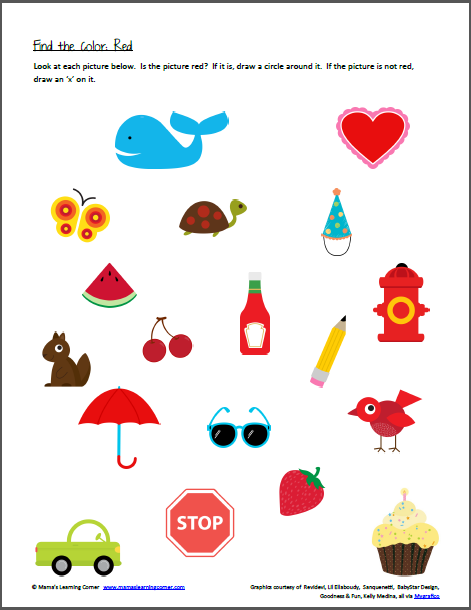
This Rainbow Counting Bears Sorting Toy makes a fun learning resource for introducing color recognition & basic mathematics concepts such as counting and addition. It can also be used for kids math and counting games for toddlers and great for developing fine motor skills with the tongs.
Have your toddler sort the bears into their same color cup. They can use their hands or tongs . They’ll also have a fun time using their imagination to make stories and games with the bears.
3. Distinguish contrasting colors
It’s best to use colors that are not at all similar to each other so you don’t confuse your toddler. Items that have contrasting colors will stick out more to them when they’re learning.
For example, if you’re teaching colors side by side, don’t put blue and purple together, red and orange, red and pink, etc. Colors that pair well with contrast are red/green, blue/yellow, purple/green, and black/white. There are plenty more combinations to use.
Also, sometimes certain shades of a color will be closely related like a yellowish green will look similar to yellow or a turquoise could look closer to a green or blue.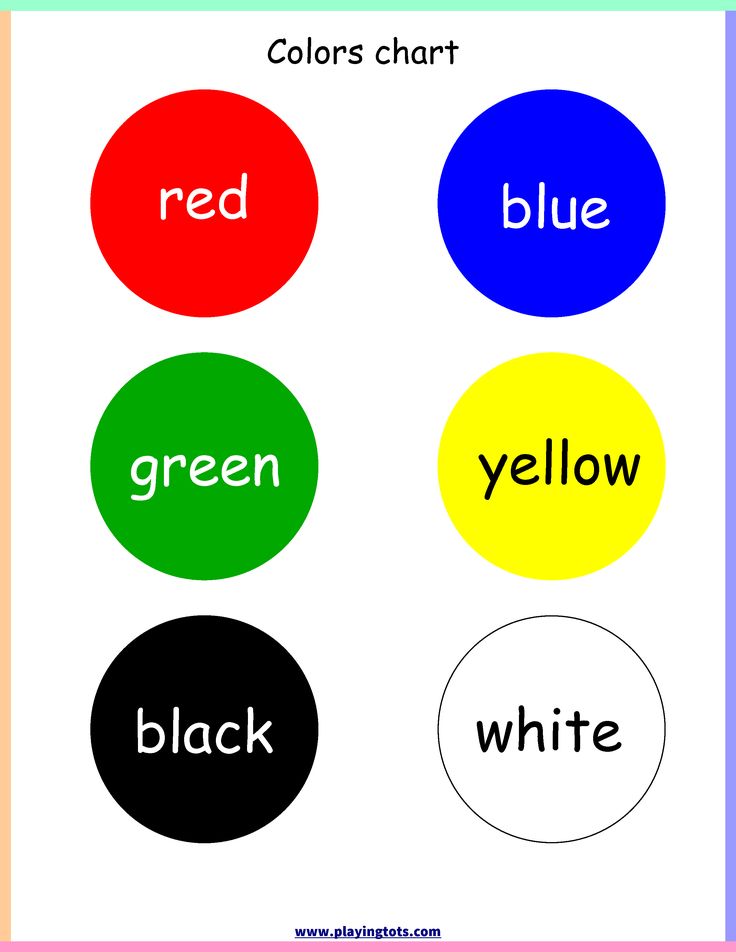 Try to stick to the basic primary colors when teaching them.
Try to stick to the basic primary colors when teaching them.
Check out our post on the Pompom Whisk Activity for Toddlers where you child can try a fun activity while also learning their colors.
4. Color puzzles
Puzzles are a great activity to develop language, cognition, and fine motor skills. My daughter loves the Melissa & Doug Colorful Fish Puzzle and is always asking to do it.
While we play, I verbally label each color as she puts the piece in the board so that she hears it over and over and can match the color name with what she sees.
Since this color puzzle is using all fish, your child won’t have to focus on the pictures or objects on the puzzle, but will be able to just pay attention to the colors. I think this was one of the best aids that taught my daughter her colors so early.
5. Use the same objects
The concept of colors may be a little difficult for babies and toddlers to understand because it’s a word typically used to describe something else. So far they have been learning words of actual things, like ball, car, mommy, milk, etc.
So far they have been learning words of actual things, like ball, car, mommy, milk, etc.
All items they can see or hold and names of these objects can make sense to them.
To get them to understand the concept of colors better, make sure you’re using two identical objects to point out the color differences. For example, don’t show your child a red car and a blue block because she will just think that you’re naming it differently because the object is different.
Instead, use a red car and a blue car to distinguish the differences.
This activity below works on color matching and sorting which are the first color activities your toddler will be able to do. We used MegaBlocks, but you can really use any blocks or toys that have different colors.
Simply put construction paper on the floor in the colors of the blocks and have your child match their toy to the colored paper. Read more about this activity here.
6. Label EVERYTHING with a color
This will help them to quickly build their language and vocabulary.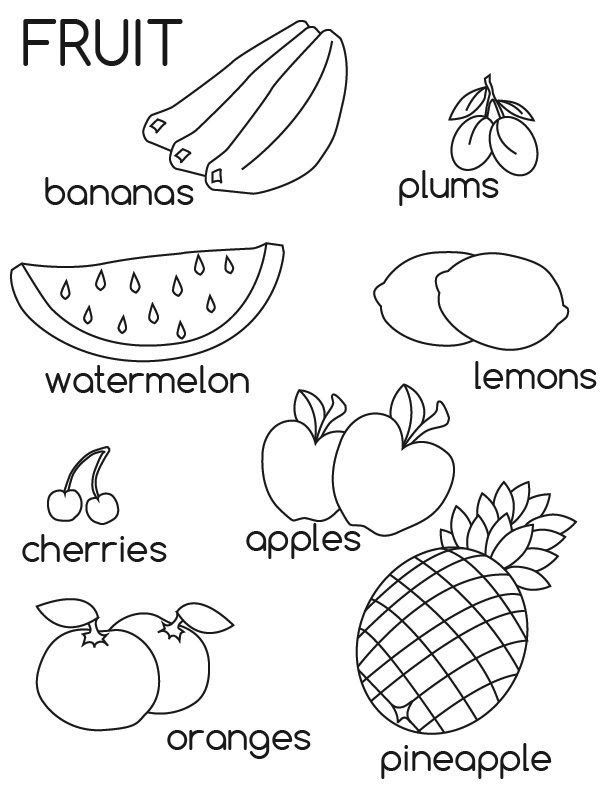 Anything they see in their everyday world has a color. Make sure to verbally label objects with their names and colors as you see them, pass them, and give to them.
Anything they see in their everyday world has a color. Make sure to verbally label objects with their names and colors as you see them, pass them, and give to them.
When you’re first starting to introduce colors, you may want to just label the colors on their own so they’re not confused by the color and the name. You’d be surprised how quickly children pick up these concepts and understand that you’re not naming the object, but just describing the color.
Related Post: Sticker Letter Activity: Letter Learning for Toddlers
7. Color with crayons and markers
Coloring is a great skill for toddlers to develop fine and visual motor skills (coordinating their hands and eyes to perform a task). Have your child use crayons to scribble on paper and point out and label the colors that they use.
You can print out free blank coloring pages of their favorite characters or objects hereif using a blank paper gets boring to them.
For little hands, I highly recommend these finger crayons.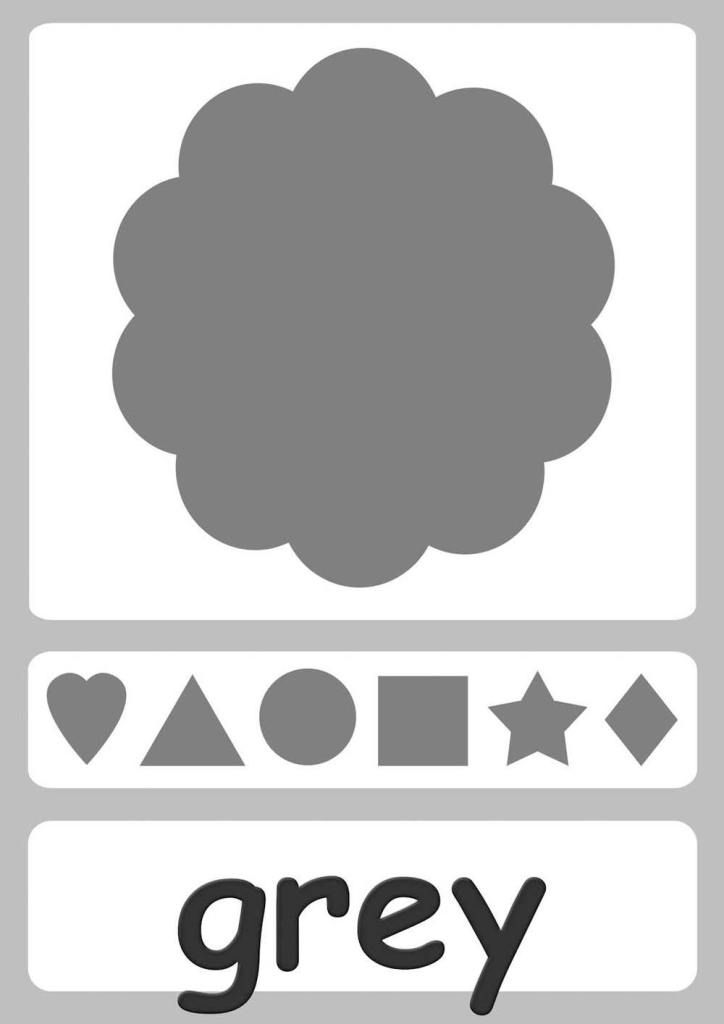 They are perfect for tiny fingers to wrap around and promote a proper grasp around the crayon. Skinny or chunky crayons just don’t allow your young toddler to hold it the correct way and it will end up tiring them out quicker.
They are perfect for tiny fingers to wrap around and promote a proper grasp around the crayon. Skinny or chunky crayons just don’t allow your young toddler to hold it the correct way and it will end up tiring them out quicker.
8. In their natural environment
Kids learn best in the context of their everyday environment. Point out the contrasting colors at:
- mealtimes (green beans, yellow corn, red raspberries)
- during dressing (blue shirt, black pants)
- during playtime (red blocks, blue balls)
- outdoors (blue sky, green grass, pink flower)
9. Fingerpainting
Sensory experiences where children are actively touching, tasting, hearing or smelling things are one of the best ways to teach your kids new concepts. Your toddler will love trying out their artistic capabilities by rubbing their hands on paper with finger paint.
By just getting 3 primary colors (blue, red, yellow) of finger paint, you can mix them until you make secondary colors (green, purple, orange).
Have your toddler rub their hands and fingers in the paint and just smudge it onto paper. Talk about the colors they are using and ask them what color is on their hands and on the paper.
You can make your own finger paint at home so quickly, which is safe and even edible for your child. Check out this post: Sensory Edible Finger Paint for the recipe!
Related Post: Edible Finger Painting Recipe
10. Songs and Videos
Toddlers and babies love to hear music. Whether it be songs on the stereo, mommy singing, or making their own sounds by shouting at the top of their lungs, they are drawn to it.
Using songs (especially with visuals) is a great way to teach your child new concepts. Putting words to music helps things to stick better in their brain and will give them a higher chance of learning the skill.
Here is a short video that can help your toddler to learn their colors by combining colorful graphics to a catchy tune. You can also make up your own songs and melodies to sing as you show them colors.
Even just saying the colors but having a little rhythm to it will help your child to remember the colors easier.
Related posts:
8 Fun Ways — The Montessori-Minded Mom
Teaching a child colors doesn't have to be a chore for you or them. In fact, it should be kept simple and fun, as that is how kids learn best! If you are wondering how to teach a child colors, here are 8 fun ways!
Children are naturally drawn to all things colorful. Taking advantage of this natural inclination can be done in many ways.
Sensory bins
While decidedly not Montessori, sensory bins can have many benefits for children, whether implemented in the home or in an occupational therapy setting.
Colored craft sand can be purchased or you can color your own rice and set up colorful playscapes to discuss with your child.
All you need for coloring rice is: rice white vinegar (or rubbing alcohol), and some food coloring.
Little Bins, Little Hands has step-by-step instructions on how to dye rice.
Coloring and painting
Coloring and painting are great ways to teach a child colors. Process art allows a child to explore, create, and learn all at the same time!
“I am coloring the dog brown. You have a blue crayon. What will you use the blue crayon for?”
Set up a fun art space, gather your supplies, and let the colors fly!
Click here for 51 fun process art ideas!
Preparing colorful foods
Cooking with little kids has so many benefits.
Fine motor and gross motor skills are refined, healthy eating habits are encouraged, bonding happens, and it's a great Practical Life activity, as well as a sensory experience!
“Look at these juicy red tomatoes.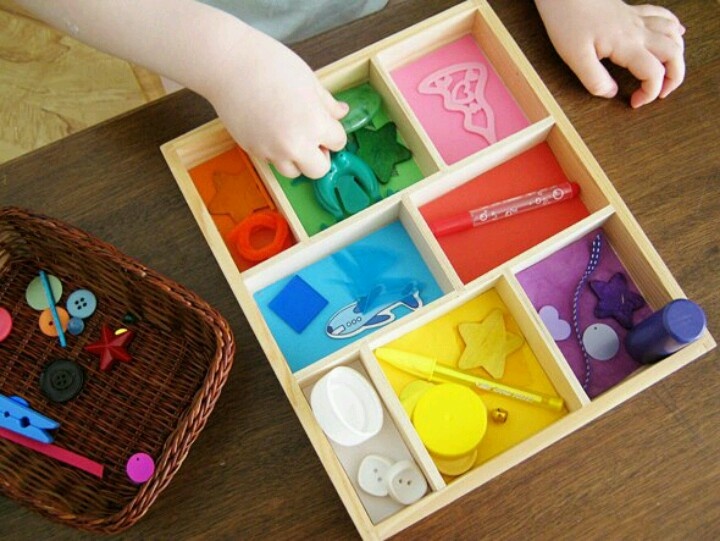 Let's chop them up and add them to the salad! Look at the colorful salad. It had green lettuce, orange carrots, purple cabbage strips, and red tomatoes. So many different colors!”
Let's chop them up and add them to the salad! Look at the colorful salad. It had green lettuce, orange carrots, purple cabbage strips, and red tomatoes. So many different colors!”
Color matching games
Young children love games, especially matching games. Carefully prepared color-matching games come with the added benefit of refinement of visual discrimination.
This can be observed in Montessori classrooms with the Color Tablets, a Montessori activity introduced in the primary years. (Ages 3-6)
You don't have to shell out big money for traditional Montessori color-matching materials, though. This activity can be set up for your child right in your home.
Living Montessori Now has a great guide for using paint samples to make your own color tablets.
Button sorting is a great way to improve fine motor skills while teaching a child colors, as well.
Colorful conversations
Language acquisition is in full swing during the toddler and preschool years. During the fun conversations you have with your child to help their speech development, point out colors in your surroundings and compare them to objects are a different color.
During the fun conversations you have with your child to help their speech development, point out colors in your surroundings and compare them to objects are a different color.
“I see you are playing with your trains. Look at all these colors! Your yellow and blue trains are connected and over here you have two green trains that are coupled up.”
Singing songs with colors
Language, rhythm, and learning come together with color songs.
- Colors – The Battersby Duo
- Colors All Around – Jack Hartmann
- I Spy Colors – Stephanie Burton
- Rock Your Body To The Colors – Jack Hartmann
- I See Something Pink – Super Simple Songs (Variations for any color can be sung.)
- The Primary and Secondary Colors – School Art Theatre Productions
- What Color Is It? – Jeanne Nelson and Hector Marín
This is just a handful of songs that feature colors. For a longer list, visit Songs for Teaching.
Laundry and dressing
Laundry is the bane of many of our existences.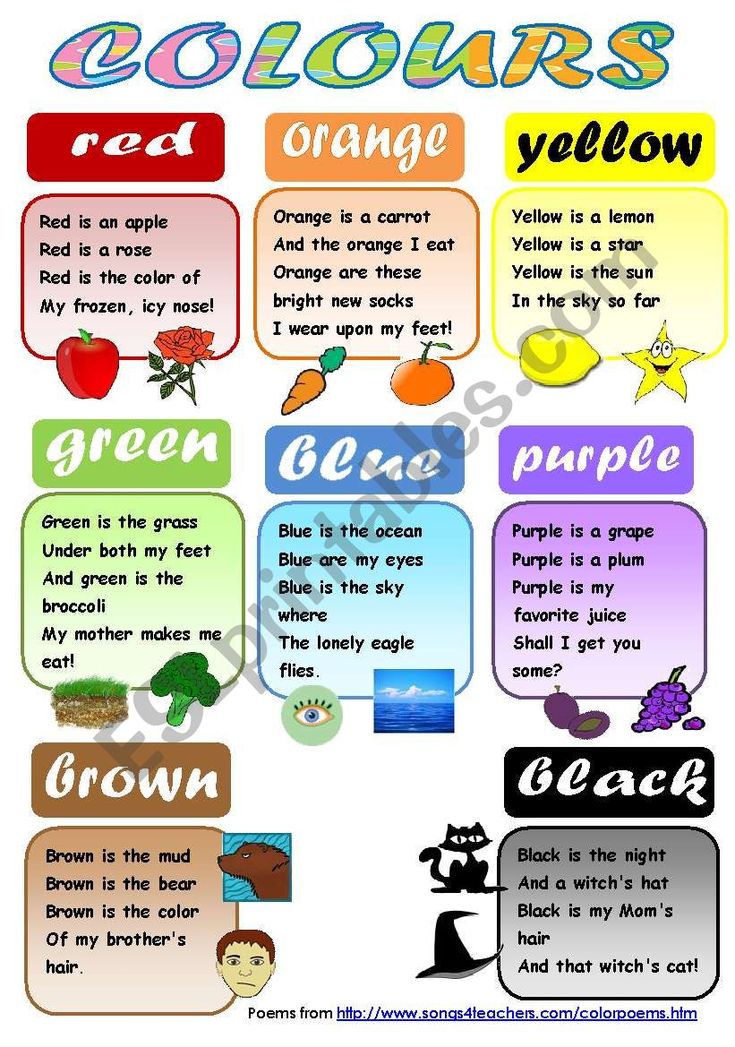 It has to be done, though. (I find this unfortunate.)
It has to be done, though. (I find this unfortunate.)
Kids don't find laundry to be a chore, though. For young kids, it's as fun an activity as everything else.
And from matching socks to finding different color shirts, kids can learn colors in a snap!
“We have a red sock right here. Let's see if we can find the red sock that matches it.”
Color mixing
What young child doesn't like playing with water? Throw in a pipette for transferring and the deal is almost too sweet.
Color mixing can help young kids identify colors in a fun and concrete way.
If your child is not quite familiar with their colors, there is no need to teach about primary and secondary colors. You can keep the supplies around for future sensory and art lessons.
If you've been brainstorming on ways how to teach kids colors, you see now that it can be fun and easy!
You can make efforts to do it, and these efforts do come with added benefits, but it really happens in very natural ways.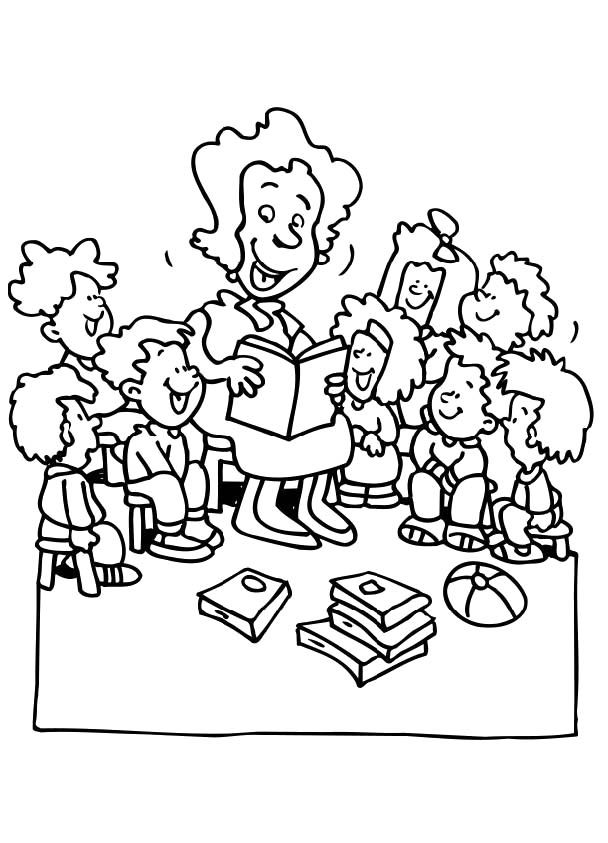
I don't recommend quizzing young children in the traditional sense.
If you are curious to know if your child has learned their colors after some of these fun activities, there are ways to test their knowledge without putting pressure on them.
“Can you hand me the blue crayon so I can color these pants?”
or
“Would you like to have a snack with me? Today we can try green apple slices. Can you hand me a green apple to cut?”
Stress-free, from start to finish!
Below are some fun books we have that teach kids colors! Integrating learning colors into everyday activities, like reading, is great, as well!
Cheers and don't forget to subscribe!
Sharing is caring!
259 shares
- 249
Learning colors: how to teach a child to distinguish colors and shades
It is generally accepted that by the age of three a child should learn to distinguish between primary colors.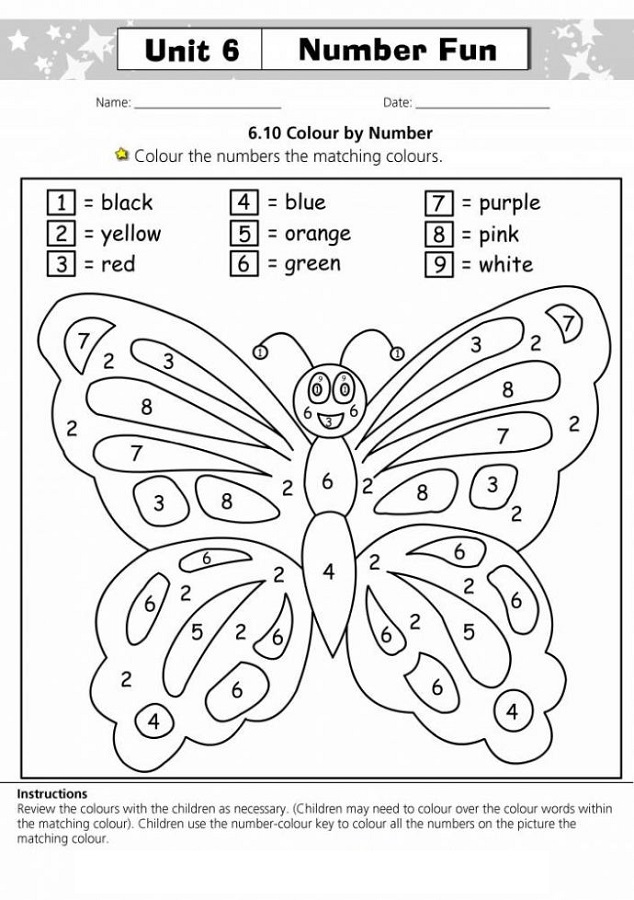 This skill is an important part of sensory development, it gives the child the opportunity to see the world in a new way. Often, if the baby does not know or confuse colors, parents have concerns about the pace of development of the child. Do I need to worry if the study of colors is not easy for a child? How to teach a child to distinguish colors? You will find answers to these questions in our article.
This skill is an important part of sensory development, it gives the child the opportunity to see the world in a new way. Often, if the baby does not know or confuse colors, parents have concerns about the pace of development of the child. Do I need to worry if the study of colors is not easy for a child? How to teach a child to distinguish colors? You will find answers to these questions in our article.
At what age does a child begin to see colors?
Studies have shown that children begin to perceive colors by 2-3 months. The first colors a child sees are yellow, orange, red, green. At this age, babies can already react differently to their toys of different colors (for example, a red rattle can please a child more than a blue one), look at bright pictures with enthusiasm. The baby's world quickly acquires colors, but if we talk about the ability to consciously find an object of the right color, then usually it appears in children at the age of one and a half. It is at this age that it is optimal to start learning colors in a playful way.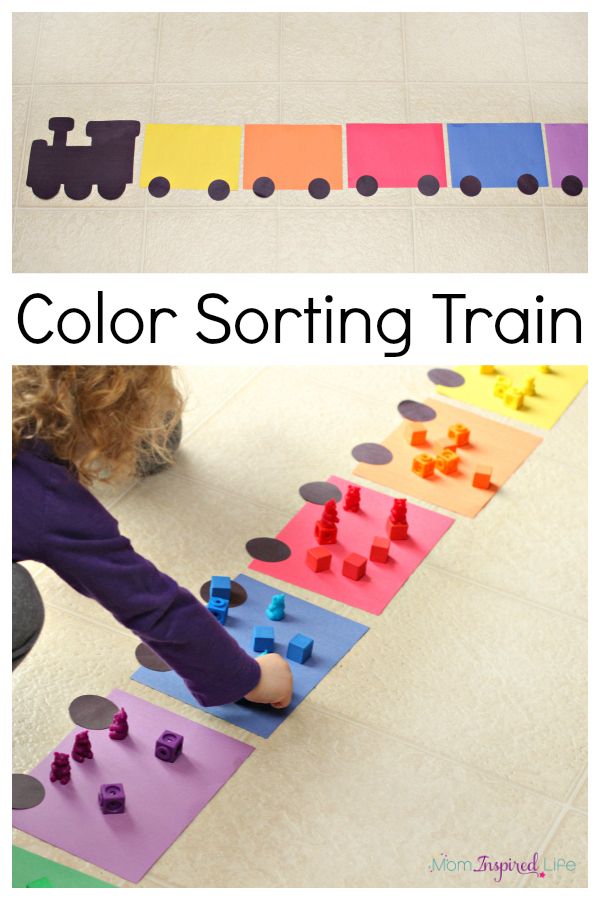 You can voice the names of flowers to a child for up to a year, this will only benefit him. But do not demand too much from the baby, remember that his brain is actively developing, and as soon as the time comes, you will certainly see the results.
You can voice the names of flowers to a child for up to a year, this will only benefit him. But do not demand too much from the baby, remember that his brain is actively developing, and as soon as the time comes, you will certainly see the results.
To see if your child is ready to learn colors by playing with building blocks, ask your child to point to a part that is the same color as yours. If the baby can find objects of the same color, then he is quite ready to memorize the names of colors.
Learning colors in everyday life
Children get most of their knowledge about the world in everyday life: communicating with adults and peers, observing nature, playing. The study of flowers is no exception. Sometimes a child does not need to do special exercises to learn to recognize colors. For this, it is enough that he hears the name of the color and associates it with a specific thing. During daily activities, voice for the child what color the objects are around.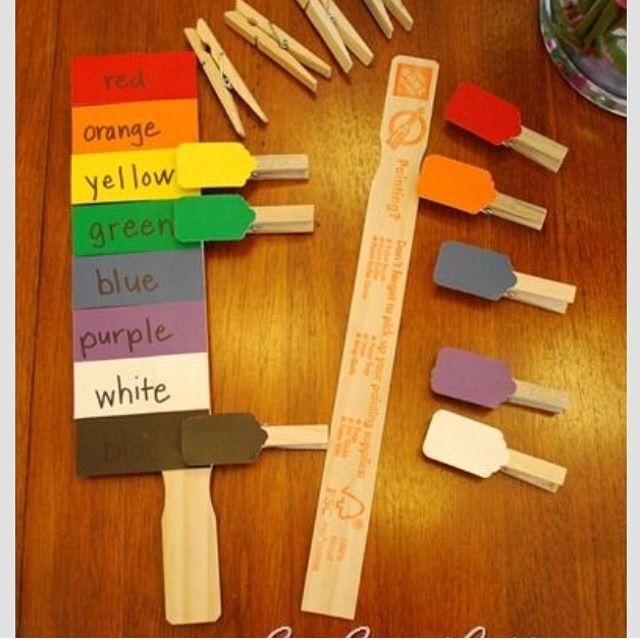 Whether you are drawing, playing with blocks, looking at cars in the yard, reading, swimming, eating, dressing - in each of these situations, you can gently teach your child to distinguish colors.
Whether you are drawing, playing with blocks, looking at cars in the yard, reading, swimming, eating, dressing - in each of these situations, you can gently teach your child to distinguish colors.
It is important that the study of colors does not turn into torture. You should not constantly test the child's knowledge by asking him which color is which. Soon the baby may just start to ignore you. “Let's paint the sun yellow!”, “What a delicious green cucumber!”, “Oh, where did the blue cube go? Here he is!" are examples of how you can gently help your child remember colors.
Games for learning colors and their shades
In order to get your baby interested in learning colors or to reinforce the knowledge they already have, you can offer your child to play special “color” games.
Color Sorting
Sorting games are designed to help children learn to group objects by color.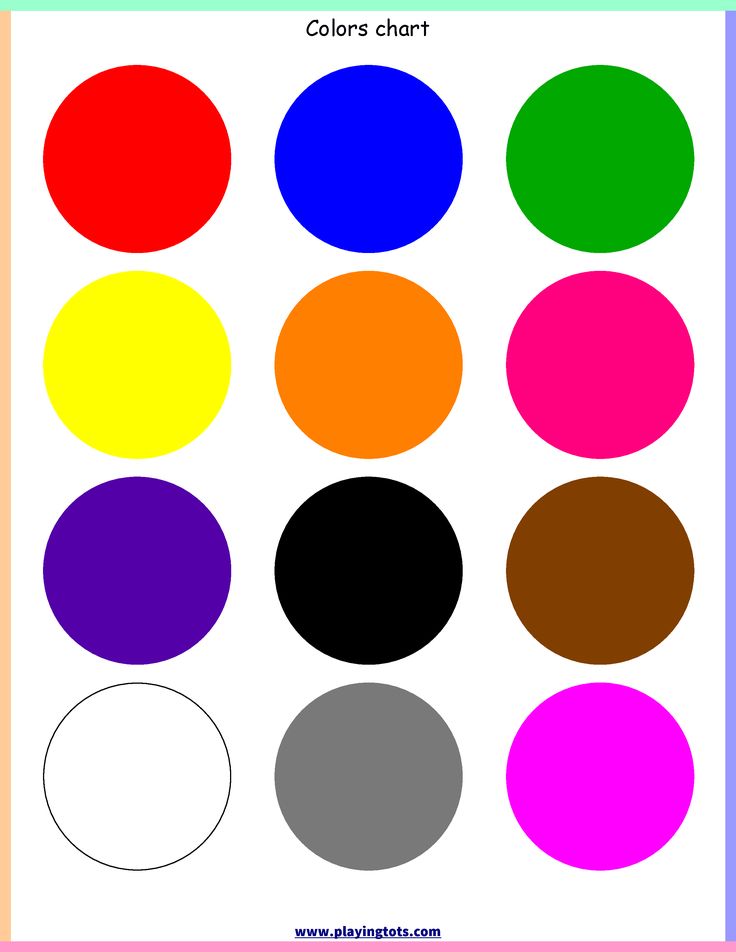 Any materials at hand can be items for sorting: toys, covers, designer parts, cubes, buttons, cereals, pencils, etc. You can organize the game in various ways:
Any materials at hand can be items for sorting: toys, covers, designer parts, cubes, buttons, cereals, pencils, etc. You can organize the game in various ways:
You can come up with as many options for sorting by color, it all depends on your imagination. So that the child does not lose interest in the task, connect the plot of the game with his favorite characters, toys (for example, a cat will eat from a yellow bowl, and a baby elephant from a red one, etc.).
Match a Pair
Help your child learn colors with the Match a Pair series. Ask your child to find a petal for a bug, a pot for a flower, a roof for a house, etc. You can present the baby with a deliberately wrong option and ask to correct the mistakes.
Pick up a patch
Show the child the picture with the missing details. Ask him to fill in the gaps (this can be done with plasticine, pom-poms, caps, cards, etc.).
Color Lotto
At the age of about one year, children begin to be interested in various lottos. In the color lotto, the task is to collect pictures of the same color on the card.
In the color lotto, the task is to collect pictures of the same color on the card.
Colored Sensory Boxes
Create a sensory box for your baby where everything is the same color. During the game, the child will be able not only to remember the color that he sees, but also to develop fine motor skills, tactile sensitivity, thinking, and imagination.
Color days
This is one of the most interesting and popular ways to teach your child to distinguish colors. Its essence is that during the day (or several days) you draw the child's attention to objects of a certain color. For example, on a yellow day, you can dress in yellow clothes, play with yellow toys, draw a yellow chicken. Surrounded by one color, the baby will easily remember it.
Cards for learning colors
You can learn colors with your child using cards. With the help of Doman's "Colors" cards, you can introduce your baby not only to the main colors, but also to different shades.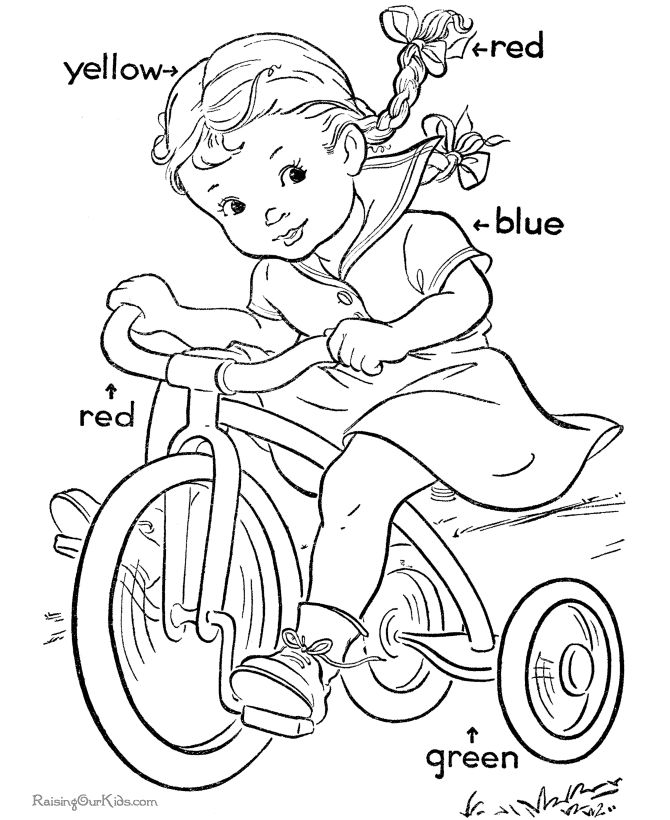 It is important not to overload the child with unnecessary information about the names of 10 shades of green or red. Learn only those shades whose names you can use in the game and life.
It is important not to overload the child with unnecessary information about the names of 10 shades of green or red. Learn only those shades whose names you can use in the game and life.
Board games for learning colors
Board games are a great way to learn about colors and consolidate knowledge about them. Currently, the stores offer a wide range of similar games for every taste and budget. Choose a game that suits your child.
Educational cartoons
There are many educational cartoons on the Internet that will help your child memorize colors quickly. Here is one of them:
Educational books
If your little one loves to listen to stories and look at pictures, this is the way for you. We all remember the wonderful story of V.G. Suteev "Rooster and paints", by S.Ya. Marshak has a whole “Colorful book”. You can also find many educational books that will become your faithful assistants.
Conclusions
We have listed for you different color learning games. In order for a child to master the concept of color well, it is worth adhering to a number of principles: do not rush the baby, provide a variety of material for games, discuss what you see.
Conclusion
You can start studying colors from an early age, the main thing is that it is interesting for the child. It is impossible to specify clear age limits when a child should learn primary colors. This process, like all development, is individual for each baby. The Sozvezdie Development Center has created a Montessori environment for kids, aimed at the comprehensive development of the child. In the classes "Together with Mom" children in a playful way get acquainted with the concepts of color, shape and size, do thematic creative work. You can learn from our teachers how to interest a child in an activity and how to properly present him with cognitive information. Develop with us!
Prepared by a Montessori teacher
Sokolova Oksana
At what age to learn colors with a child and how to do it correctly
Often parents try to teach their children the names of colors as early as possible, but there is no need to rush. The age at which a child usually begins to be interested in the difference in colors is 2-3 years. If your kid doesn't want to learn colors, then it's not time yet. Usually, children who are already interested in colors begin to distinguish and name them (if, of course, they already know how to speak) very quickly, in just a few weeks or even days.
The age at which a child usually begins to be interested in the difference in colors is 2-3 years. If your kid doesn't want to learn colors, then it's not time yet. Usually, children who are already interested in colors begin to distinguish and name them (if, of course, they already know how to speak) very quickly, in just a few weeks or even days.
How to teach colors to 1-year-olds
Although children begin to distinguish colors well only at 2-4 years old, you can prepare your baby for discrimination on a sensory level. To do this, use boxes with treasures. In Montessori pedagogy, they are offered to babies from 6 months old to obtain information about the sensory properties of objects.
Fill the box with items of the same color. Since this is a sensory exercise, it is not necessary to identify and memorize the names. When presenting the box to the baby, say: “Look, everything is red here!”, But do not insist that he remembers.
How to teach colors to two year olds
Sorting.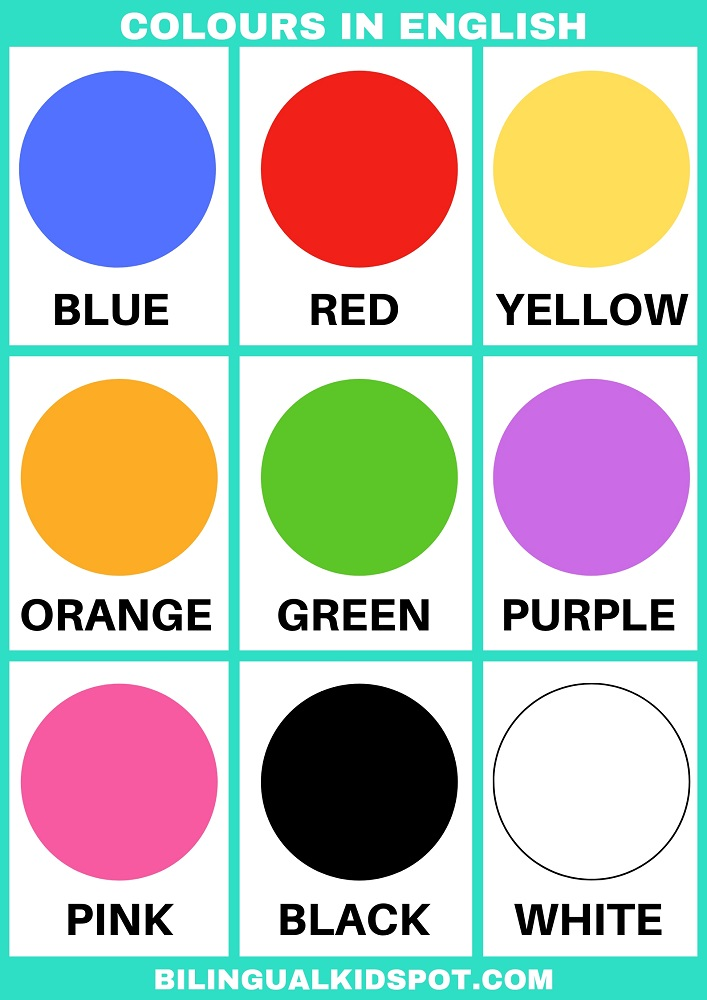 Before proceeding to the study of names, let the child practice distinguishing on sorts. First, offer extremely simple sorting into 2-3 colors. Identical objects are laid out by hand in containers of the corresponding color.
Before proceeding to the study of names, let the child practice distinguishing on sorts. First, offer extremely simple sorting into 2-3 colors. Identical objects are laid out by hand in containers of the corresponding color.
For such sortings, it is better to first take the same objects of different colors. Take 3 cups: one is red, another is blue, the third is yellow and cardboard circles of the same colors (for example, 5 circles of each color). Show your child how you put the yellow circle in the yellow cup, the red circle in the red cup, and the blue circle in the blue cup. Invite the child to continue on their own.
Then you can offer more complex color sortings for objects of different shapes and give other interesting sortings, complete with motor skills exercises (for example, sorting buttons of three colors into 3 jars or boxes with slots).
Gradually make sorting more difficult, for example, let items be sorted with tongs, a spoon, tweezers.
Plasticine exercise. Make cakes together from red, yellow, green and blue plasticine. Prepare buttons, sequins, beads of the same colors. Have the children glue them onto the plasticine. This activity is also great for developing motor skills.
Signboard exercises. Once you've verified that your child can distinguish colors well using sorting, you can enter names using the three-step Montessori lesson. To do this, you will need colored plates or colored squares with a white border.
Show the child 3 squares with unfamiliar colors:
- 1 step. You say and show: "This is red, this is blue, this is yellow."
- 2 step. You ask: “Where is the red? Where is yellow?
- Stage 3 (they pass to it only after the child has stopped making mistakes in the 2nd stage, and only if the child can already pronounce at least some of the names). You ask: “What color is this? And this one?
Gradually introduce more and more colors, but during the lesson always offer only 3 colors at a time.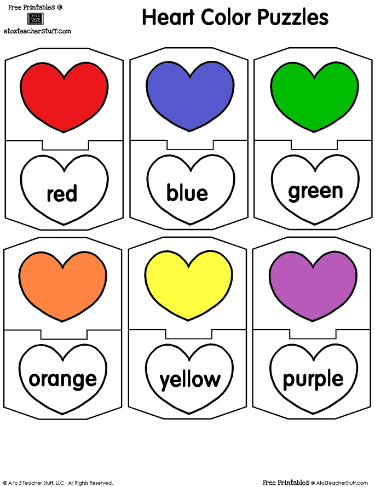 Such a simple and visual lesson will help your kid to remember the colors easily.
Such a simple and visual lesson will help your kid to remember the colors easily.
How to teach colors to three-year-olds
By the age of three, children can often remember several names. If it doesn't, don't worry: continue with the sorts and other exercises below.
Selection of items from the environment. The kid picks up small toys for each color plate. This teaches the perception of shades: red is rarely the same, but the child needs to choose the closest match.
Box with things from home. This is a more abstract lesson: children do not see signs in front of them. You give a basket and ask them to put everything yellow that is in the house or class into it. Do not forget that everything collected will need to be put in place.
Selection of clothespins. Make a lot of colorful circles out of cardboard or heavy paper, glue them on regular clothespins. Offer to find the corresponding to each sector on the big circle.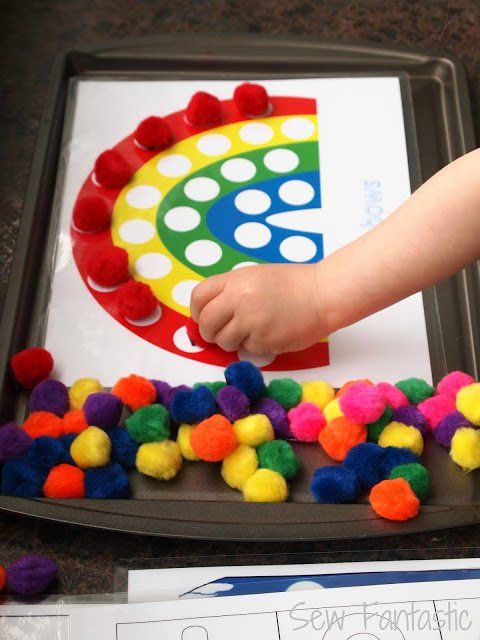
Yellow, say hello to red! This classic Montessori game develops attention and social skills. Each is given a colored plate. Then the leader suggests actions: “Yellow, come to me! Red, say hello to blue!" and so on.
Take your circle. A very fun outdoor game that is good to play with several children to memorize the names of colors: make circles on the floor with colored threads or ribbons (in summer it's great to draw them with colored crayons on the pavement), turn on the music and dance with the children. When you stop the music, name a color and have the children move to the circle of the corresponding color as quickly as possible.
How to teach colors to four year olds
Color mixing games. When the primary colors are well learned, children become interested in mixing them. Show the experiment: pour some yellow and blue tinted water into different containers, give the child a pipette and offer to mix in the third container.